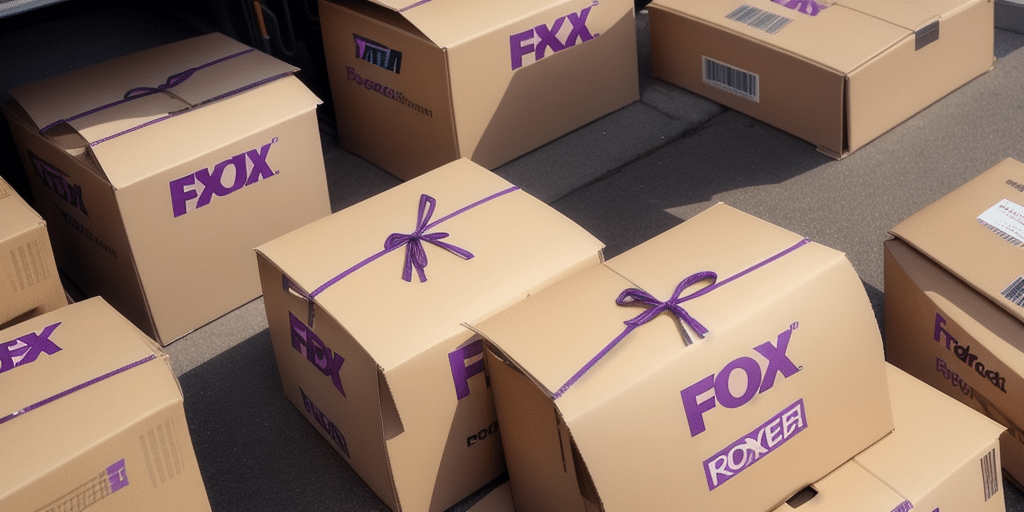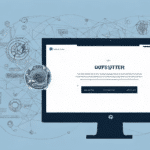Introduction: The Role of Shipping Software in Modern Logistics
In today’s fast-paced world, efficient shipping is crucial for businesses of all sizes. Shipping software solutions have become indispensable tools for shippers, streamlining the process of creating, managing, and tracking shipments. According to a Statista report, the global shipping software market is expected to reach $X billion by 2025, highlighting the growing reliance on these technologies.
One of the most popular options in this space is FedEx Ship Manager. This program allows users to easily create shipping labels, print them, and send them via email. However, despite its robust features, users may encounter issues when sending labels via email. This article delves into common problems and provides effective solutions to ensure seamless shipping operations.
Why FedEx Ship Manager is a Top Choice for Shippers
FedEx Ship Manager stands out as a comprehensive shipping software solution tailored to meet the diverse needs of shippers. Its user-friendly interface facilitates the creation of shipping labels, while its real-time tracking capabilities provide businesses with up-to-date information on their shipments. Additionally, the extensive reporting features enable shippers to analyze shipping data and optimize their logistics processes.
For businesses that frequently send labels via email, FedEx Ship Manager simplifies the process, making it quick and efficient. However, as with any software, technical issues can arise, necessitating effective troubleshooting strategies.
Common Issues When Sending FedEx Labels via Email
Incorrect Email Address Entries
One of the most prevalent issues is entering an incorrect email address. Typos or errors can prevent the label from reaching the intended recipient, leading to delays and potential shipping disruptions.
File Size Limitations
Large file sizes can hinder the successful sending of labels via email. Many email providers impose restrictions on attachment sizes, which can result in failed deliveries. According to a Microsoft blog, typical email size limits range from 20MB to 25MB.
Technical Issues with Email Servers
Problems with email servers, such as downtime or misconfigurations, can prevent labels from being sent. These issues often require coordination with IT departments or FedEx customer support to resolve.
Printer and Print Settings Problems
Incorrect printer settings can result in improperly formatted labels, making it difficult to send them via email. Ensuring that printers are correctly configured is essential for smooth operations.
Troubleshooting Strategies for Emailing FedEx Labels
Verifying Email Addresses
Double-checking the accuracy of email addresses before sending labels can prevent many delivery failures. Implementing email validation tools can further reduce the risk of errors.
Managing File Sizes
If file size is an issue, consider compressing the label file or using alternative methods such as file-sharing services like Dropbox or Google Drive to send larger attachments.
Checking Email Server and Client Settings
Ensure that your email server and client settings are correctly configured. This includes verifying server addresses, ports, and security protocols. Refer to your email provider’s documentation for specific configuration guidelines.
Updating FedEx Ship Manager
Using the latest version of FedEx Ship Manager can resolve many technical issues. Updates often include bug fixes and improvements that enhance functionality. Visit the FedEx support page to download the latest version.
Best Practices for Emailing Shipping Labels
Use Secure Email Services
Utilizing secure email services can protect sensitive shipping information. Services that offer encryption and secure transmission help prevent unauthorized access to shipping labels.
Implement Password Protection
Adding password protection to emailed labels adds an extra layer of security. This practice ensures that only intended recipients can access the label content.
Regularly Update Software
Keeping FedEx Ship Manager and related software up-to-date ensures access to the latest features and security enhancements, reducing the likelihood of encountering technical issues.
Maintain Clear Communication with IT Support
Establishing a strong relationship with your IT support team enables quick resolution of technical issues, minimizing downtime and maintaining efficient shipping processes.
Preventing Future Emailing Issues
Adopting proactive measures can significantly reduce the occurrence of email-related issues when sending shipping labels. Regularly verifying email settings, maintaining updated software, and training staff on best practices are key strategies to ensure smooth operations.
Additionally, monitoring email delivery through tracking tools can help identify and address potential problems promptly. Implementing these practices fosters a reliable and efficient shipping workflow.
Conclusion: Enhancing Shipping Efficiency with Effective Troubleshooting
Effective troubleshooting is essential for maintaining the efficiency of shipping operations using FedEx Ship Manager. By understanding common issues and implementing targeted solutions, businesses can ensure the seamless sending of shipping labels via email. Adhering to best practices and staying updated with software enhancements further supports reliable and efficient shipping processes.
Remember, FedEx offers comprehensive customer support for their Ship Manager software. If challenges persist, reaching out to their support team can provide expert assistance, ensuring that your shipping needs are met without major disruptions.




















